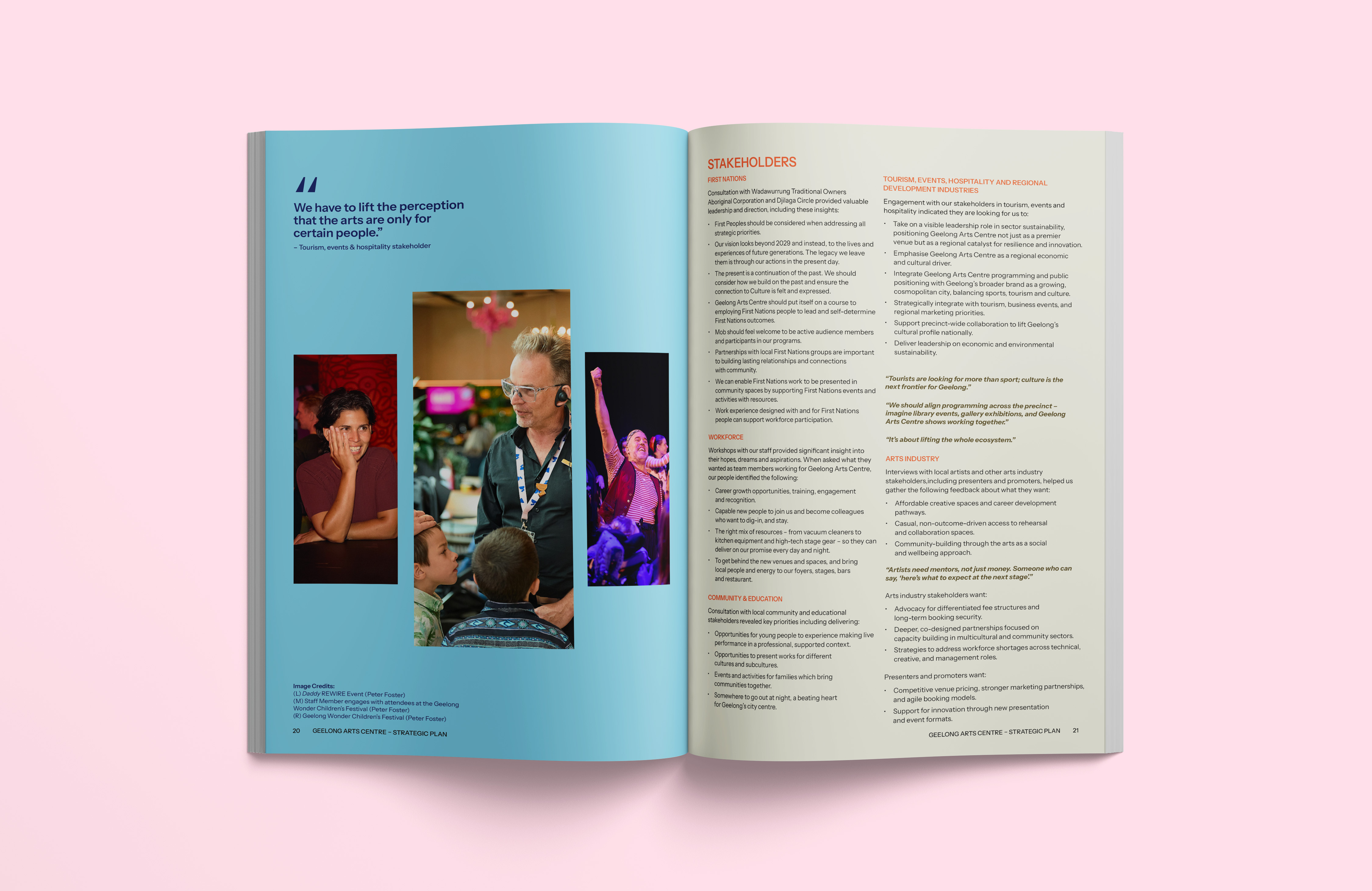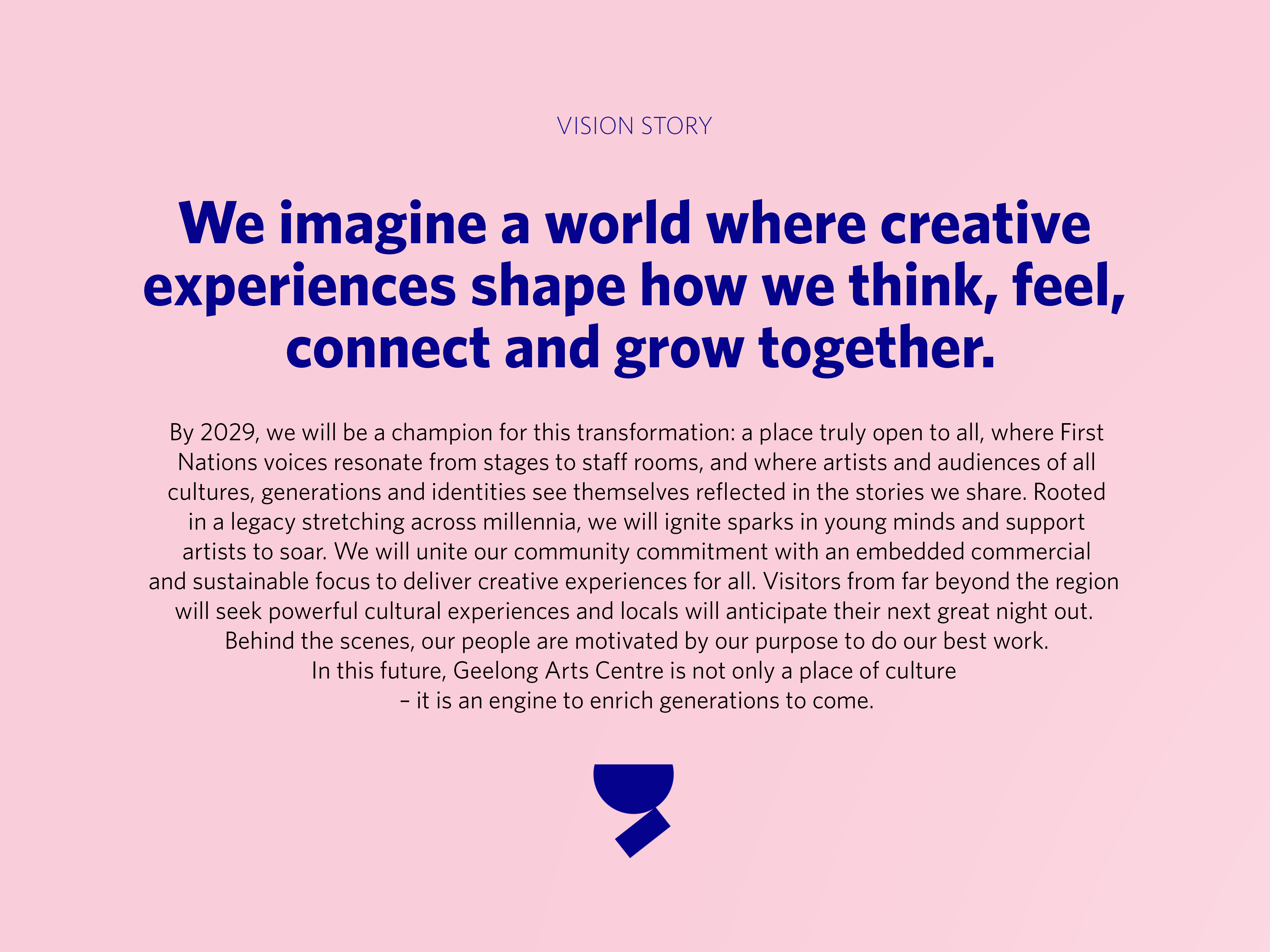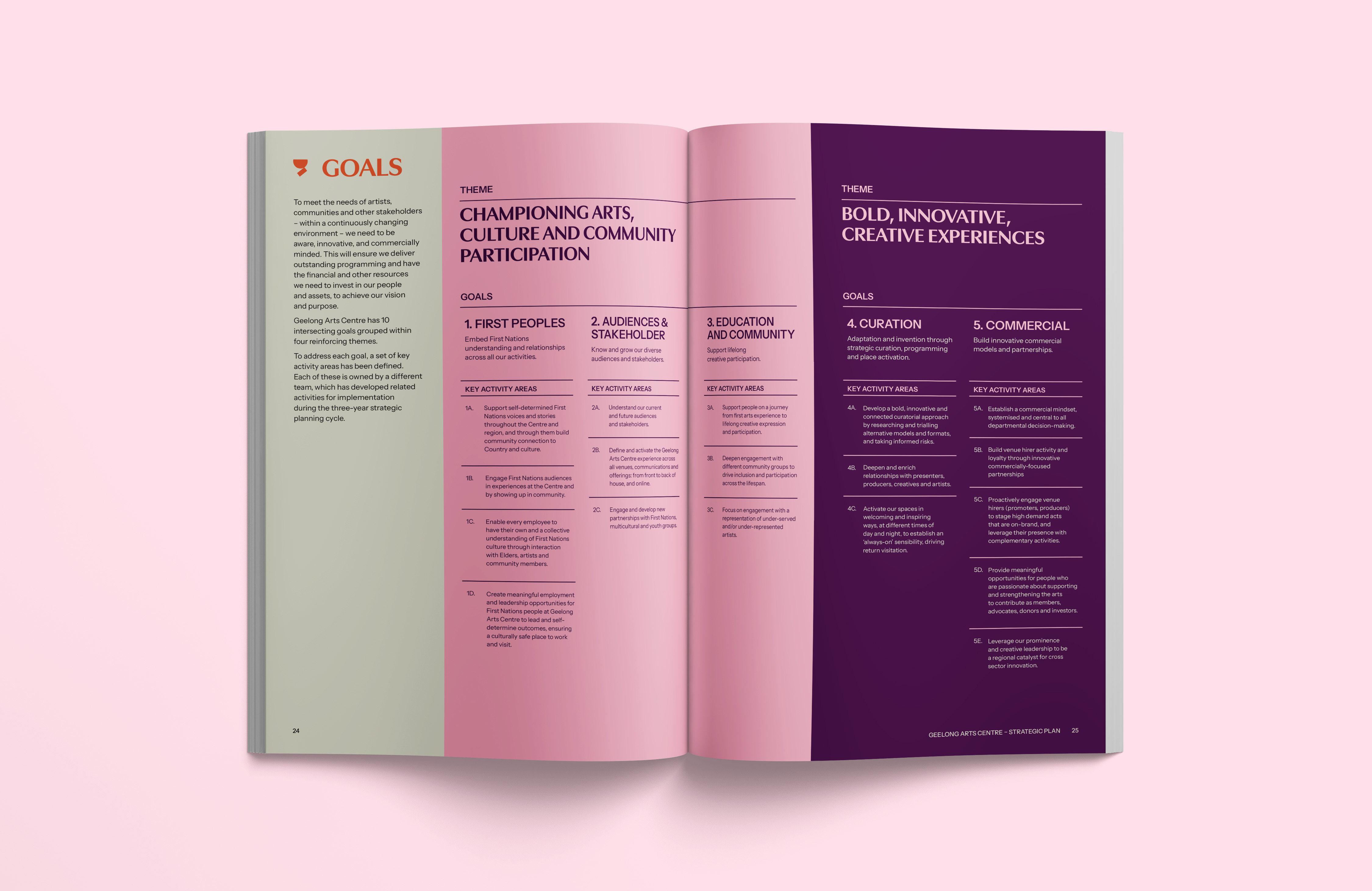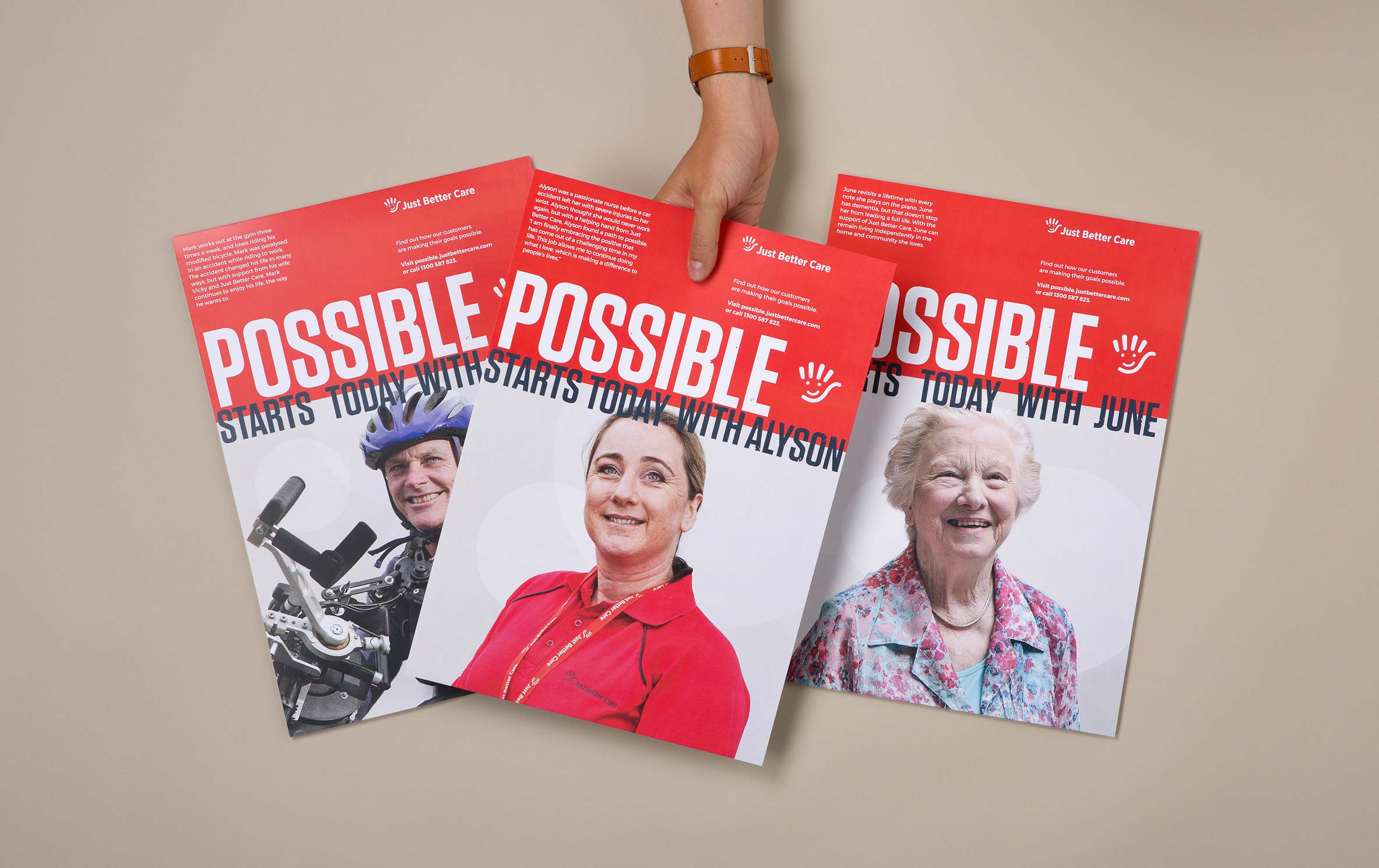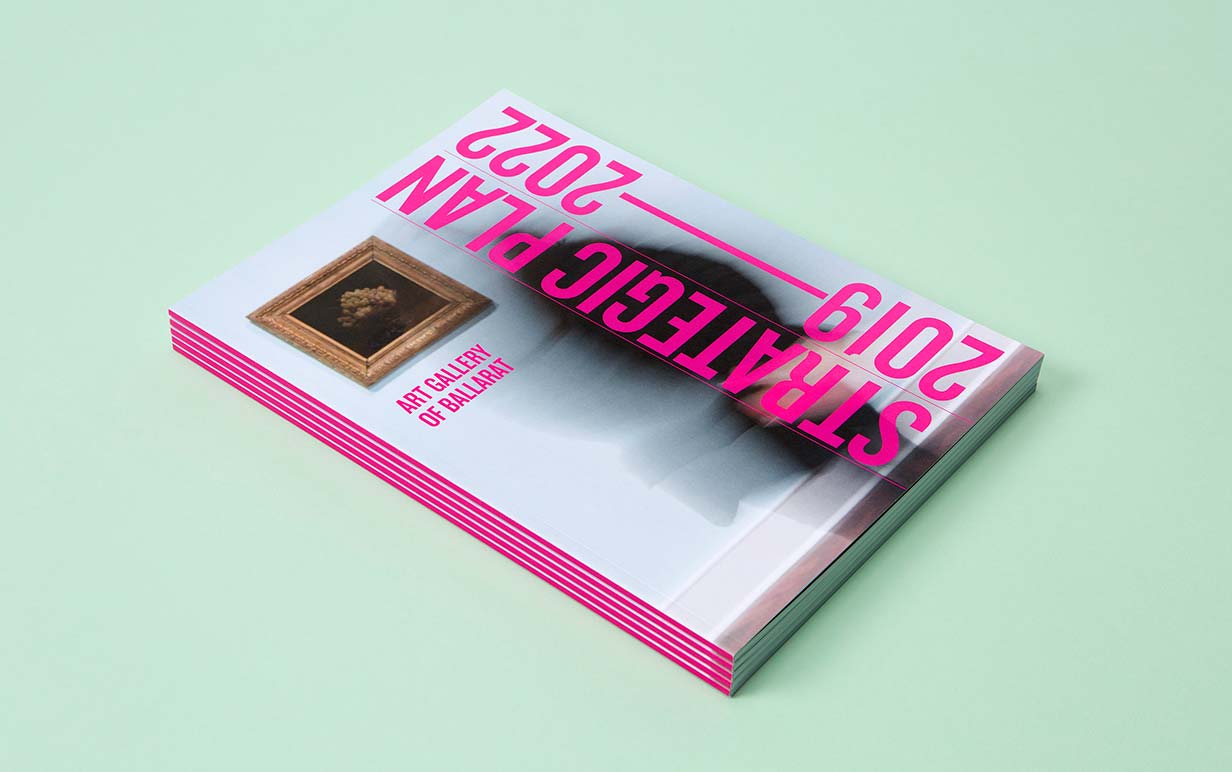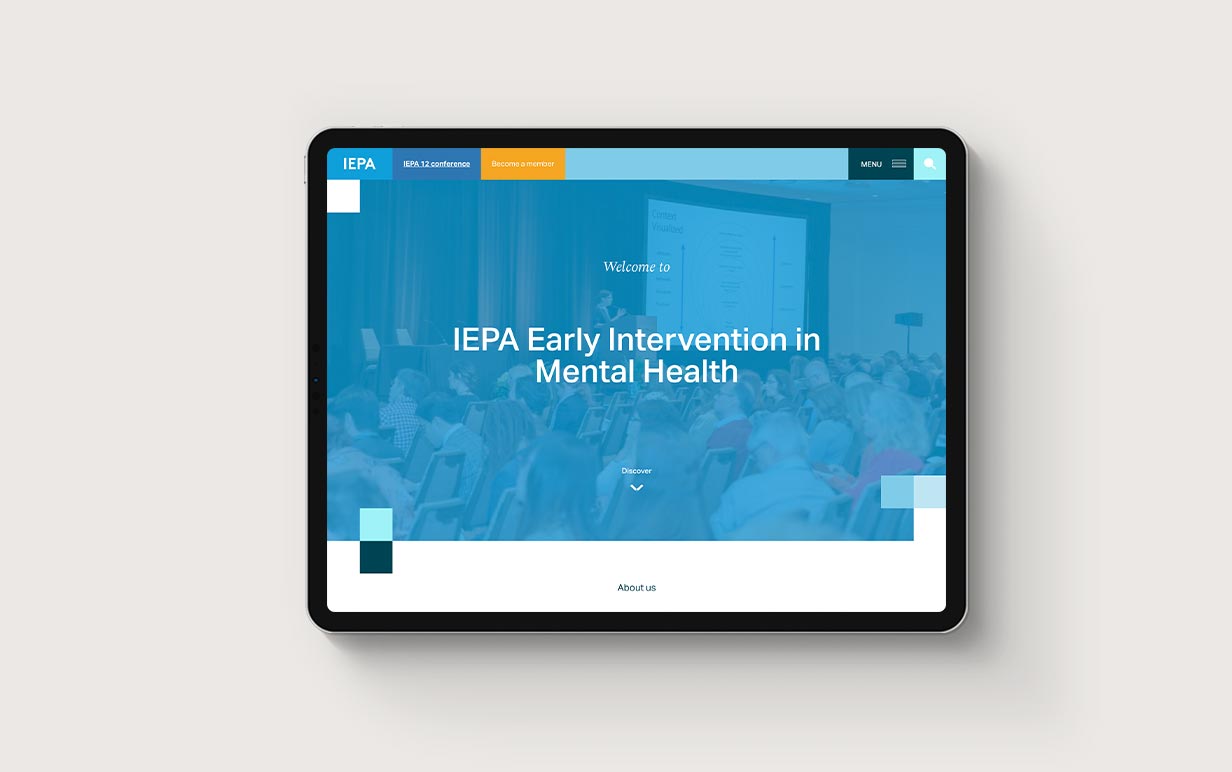Guiding Geelong Arts Centre’s development of a new strategic plan, and compelling narrative, as an ambitious new journey began.
Learn more about this project
Challenge
Geelong Arts Centre (GAC) curates, supports and presents a diverse range of music, theatre, comedy and dance performances, as well as important cultural and arts practice dialogue.
A state government entity, GAC is the only regional arts organisation of its kind, a leader in its space, and a cultural landmark. With over 200 staff, it is also an important local employer and works closely regional First Nations communities.
After a major $140m building development, it was time to establish new priorities and an evolved identity. That meant applying an arts strategic planning process that explored and distilled the opportunities presented by this exciting period of change.
With an impressive suite of assets, and deepening engagement with artistic and local communities, what role could the organisation play, what legacy would it build on, and what impact would it make?
Response
GAC is not one but many venues and experiences.
It supports a diverse range of artists to grow their practice and present work. It welcomes an increasingly culturally and socio-economically diverse community. And, it hosts major commercial and national touring acts as well as seasonal festivals.
The new strategic plan needed to draw a line under the long development period and refocus employees and stakeholders on what happens in the buildings.
Working closely with the CEO, Ellis Jones’ arts strategic planning approach comprised research, facilitation, plan development, narrative and creative direction:
- Contribution to environmental scans (PESTLE analysis/review)
- Analysis and modelling of departmental deep dives
- User and stakeholder research: virtual workshops and interviews, and detailed reporting
- All-staff workshop and responses
- ELT and Trust chair interviews
- Trust (Board) and ELT workshops
- Plan structure
- Purpose, vision, priorities (goals) and key activities development
- Activity matrices design, initial population and support
- Copywriting and editing of the strategic plan
- Creative direction for local design agency, Ruck.
Outcomes
It was very important to all internal stakeholders, that the new strategic plan reflect the realities of current external and operational contexts, while being ambitious and innovative. To achieve this, consensus needed to be built across ELT members and Trust members. The process strengthened relationships and appreciation of intersecting roles and responsibilities; and, it sets out activities that are understood and to which teams can be accountable.
The CEO, Rhys Holden, challenged the project team to be creative in how we sourced and assessed input, remaining true the motto, ‘where creativity meets’. The results are present in the both architecture and narrative of the final plan. It is thoughtful, creative and embodies the culture and place of Geelong.
The purpose, ‘open a door to creative experience’, is motivating and accessible to all people who wander down, or seek out, Little Malop Street and the welcoming, golden entrance of the arts centre, and GAC’s other lively venues.
Endorsed by the Trust, the strategic plan was launched in September 2026.
Shout out to local Geelong design studio, Ruck, for executing the creative vision.
Discipline
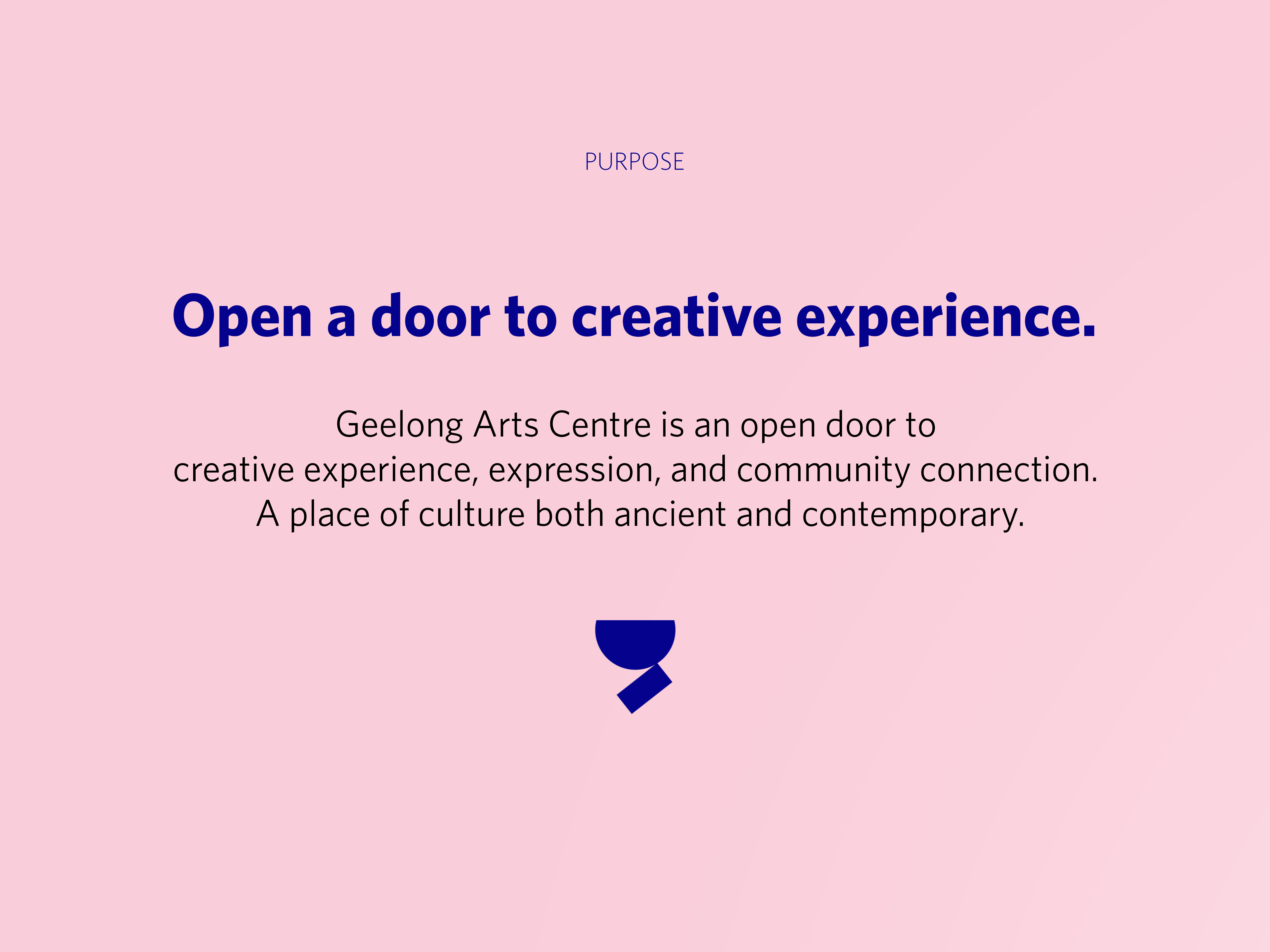
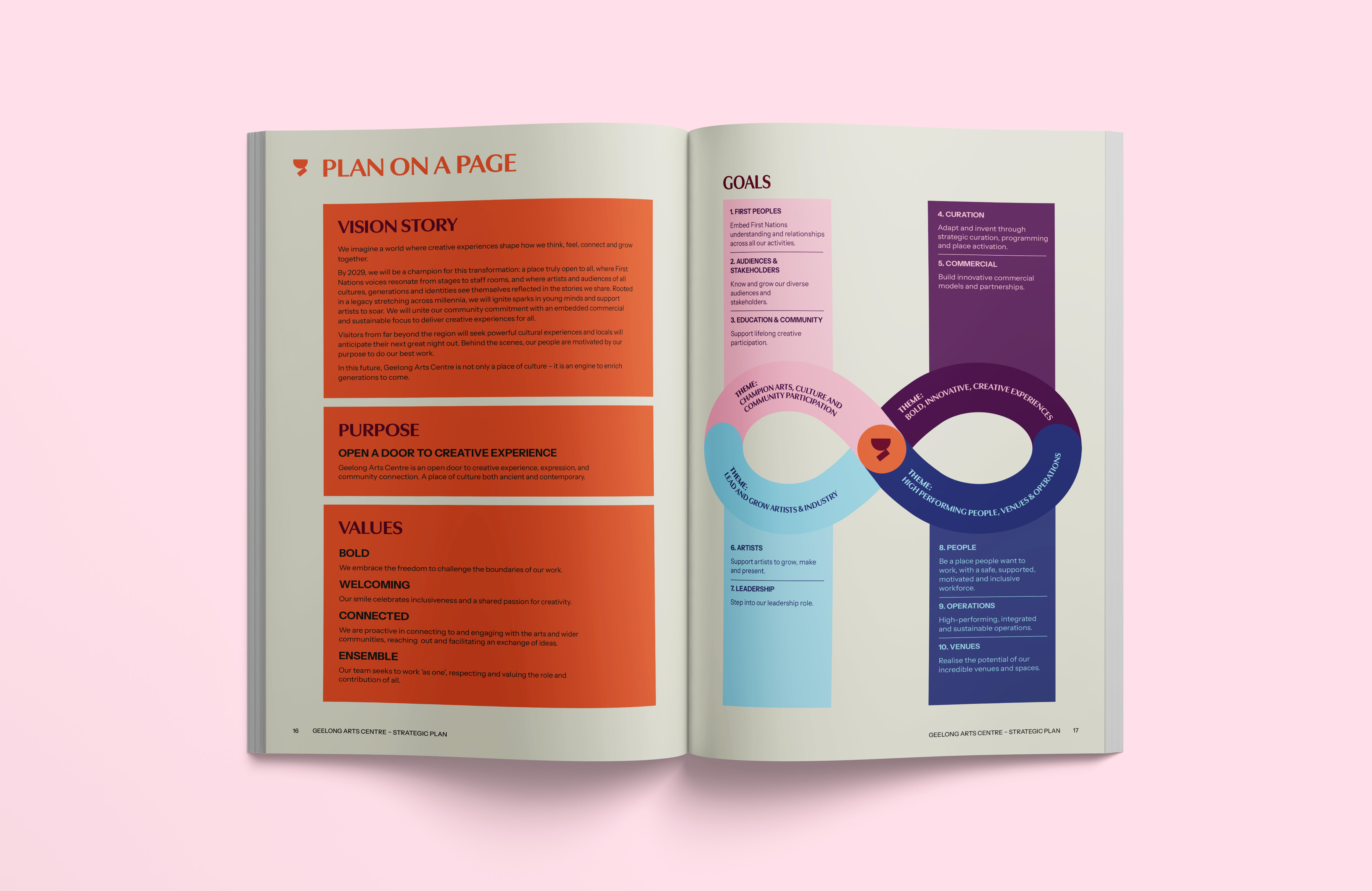
“I’d like to thank Rhod Ellis-Jones for his incredible guidance and support. Particularly for the important shift in tone and language we use to describe ourselves and our future. This tonal shift will have a long impact for us.”
—Rhys Holden, Chief Executive Officer and Creative Director, Geelong Arts Centre
